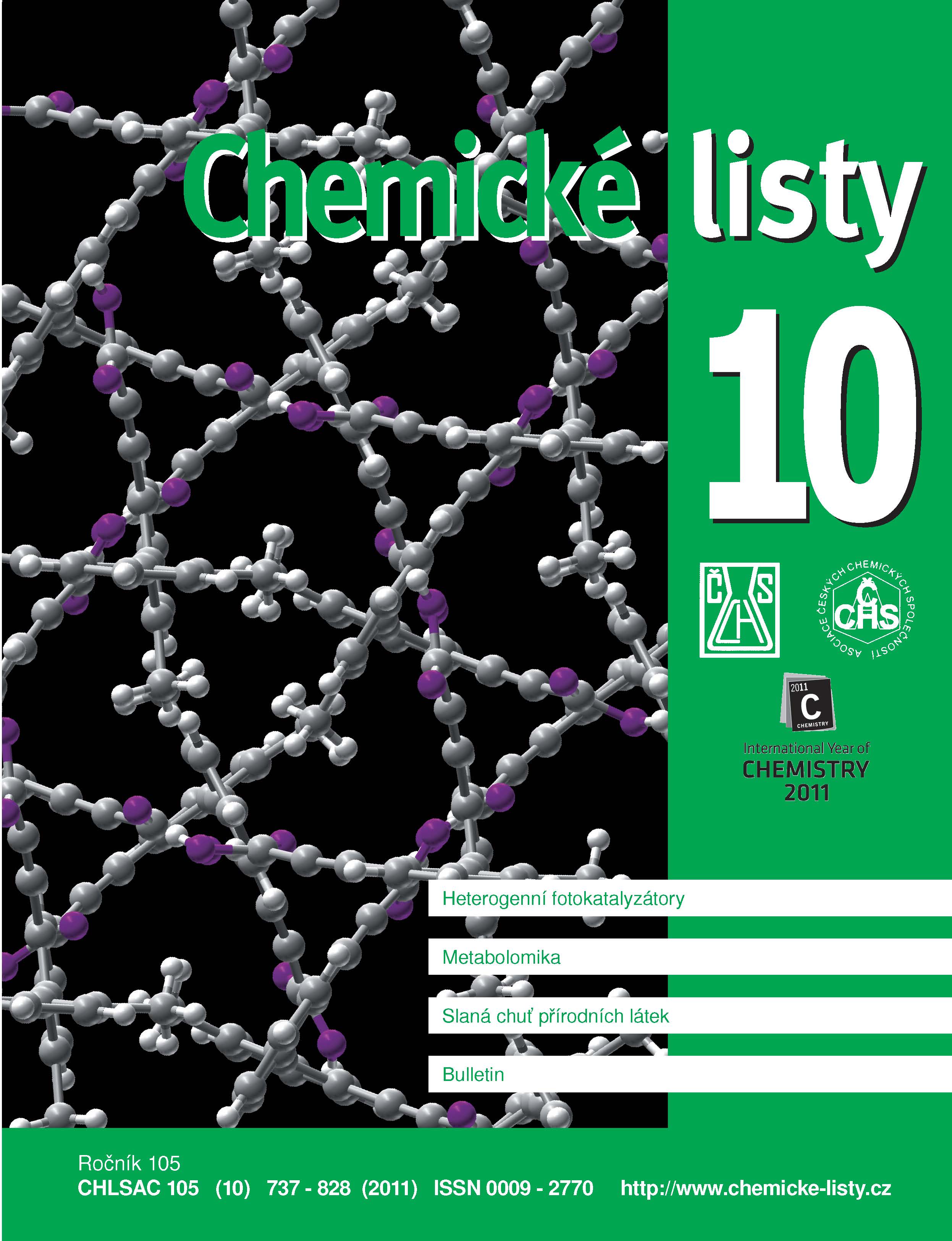Kvantitativní 13C NMR spektroskopie huminových látek
Klíčová slova:
biologická aktivita, globální cyklus uhlíku, huminové kyseliny, 13C NMR spektroskopie, strukturaAbstrakt
Modern liquid 13C NMR spectroscopy is one of the basic methods for qualitative and quantitative analysis of humic (HA) and fulvic acids (FA). It is an important tool for studying their structure and properties, assessing recalcitrant carbon pools in terrestrial and water ecosystems. The main advantage of the liquid NMR techniques is a better spectral resolution and possibility of exact carbon determination, which is problematic in the solid-state spectroscopy due to the necessity of using cross-polarization. For this reason, the HA/FA measurements by liquid 13C NMR spectroscopy serve as standards for evaluation of the results obtained by other analytical methods. Main drawbacks of liquid 13C NMR spectroscopy are: (i) requirement for solubility and high purity of samples, in particular of low contents of minerals and paramagnetic ions, (ii) relatively large quantities of the consumed material, (iii) long experimental time, and (iv) baseline problems and broad signals. When using the results published by various authors, it is necessary to take into account that only few analyses were made with optimization of acquisition parameters for quantitative 13C NMR measurement and that such comparison may be questionable even when using identical integration limits.
Using the inverse gated decoupling, we measured quantitative 13C NMR spectra of HA and FA of typical soils and organic deposits in the Czech Republic. The structure data are presented together with parameters of biological activity and the hydrophobicity/hydrophilicity ratio.





